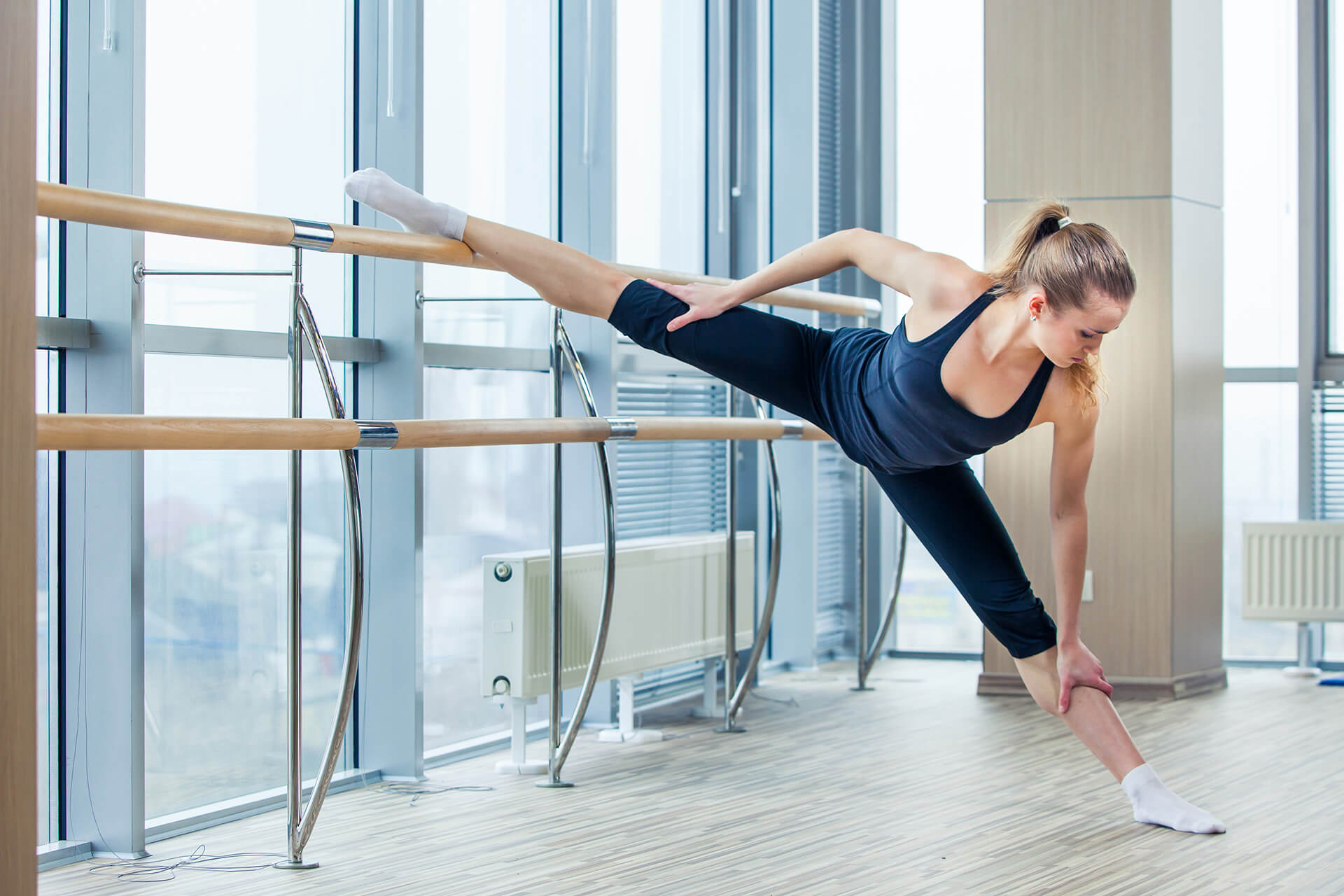CALL US: (949) 548-1188
Book An AppointmentCALL US: (949) 548-1188
Book An AppointmentOctober 29 | drsingh

To an audience, the grace and beauty of dance can often disguise the fact that it is as physically demanding as any sport—and sometimes even more so. After all, unlike seasonal sports, dance doesn’t always have a designated off-season, and training requires hours of repetitive motions day after day. That intensive work helps dancers achieve the strength, stamina, and flexibility to perform at their best, but it can also lead to injury.
Dancers are certainly at risk of traumatic or sudden injury, but studies have shown that overuse injuries are the most common form a dancer is likely to experience. These types of injuries develop over time from using your muscles and joints too much, and you may have trouble at first distinguishing the pain of such an injury from the normal soreness you experience after an intense workout.
If your pain wakes you up at night, is there when you start a dance session or other physical activity, gets worse as you’re active, or makes you adjust your movements to compensate for it, you may have developed an overuse injury. If you suspect one, you should immediately consult a medical professional with experience in treating dancers. These injuries won’t improve without an appropriate treatment plan.
Common types of overuse injuries in dancers include stress fractures (in the feet, legs, or lower back), snapping hip syndrome, hip impingement, ankle impingement, “trigger toe” (flexor hallucis longus tenosynovitis), Achilles tendonitis, and “jumper’s knee” (patellofemoral pain syndrome). Dancers can also be at increased risk of developing arthritis in the foot, ankle, knee, and hip.
Ankle sprains are far and away the most common kind of traumatic injury for a dancer to suffer. When your ankle is forced outside of its normal range of motion by a jump landed wrong, your ankles rolling in or out, or shoes that don’t fit properly, the ligaments on the inside or outside of your foot may be twisted, overstretched, or torn. Unfortunately, once you’ve sprained your ankle, the risk of it occurring again increases. Torn ligaments will not heal back to their preinjury strength, so it is crucial to develop muscle strength and improved motor control to prevent future reinjury.
Injuries in dance are not inevitable—in fact, many of them can be avoided with foresight and best practices. The first priority is to avoid overtraining. Studies have demonstrated that dancing for 5 hours a day or longer increases the risk of stress fractures and other injuries. After a high-intensity day of training, you should take at least one day off to allow your body to rest and recover. You should also take a rest break of three to four weeks after particularly intense periods of training, such as after the end of a competitive dance season.
In addition, you should get proper nutrition and hydration, always warm-up before dancing, wear the right shoes and attire, and learn to listen to your body. You should also undertake cross-training to build strength and stamina in all parts of your body; aerobic exercise and core strengthening exercises are of particular benefit to dancers.
If you’ve experienced a dance injury, addressing it as quickly as possible will help you avoid complications and minimize the time you have to spend away from training or performing. Depending on the nature of your injury, you may need to restrict your activity, limit your weight on an injured foot or ankle, wear a supportive device like a brace or a boot, or undertake physical therapy.
Again, it is extremely important to undertake your recovery process under the care of someone experienced in treating dance injuries. Correcting the training technique that led to your injury in the first place is critical to successful physical therapy. Singh Rehabilitation is Orange County’s center for dance injury rehabilitation. Our combination of physiotherapy and chiropractic care is designed to help you recover quickly and perform your best through treatment plans individualized to each patient. To find out more about our services, or to schedule an appointment at our Newport Beach or Anaheim Hills locations, contact us here.
Choose Your Location Newport Beach | Anaheim Hills
Book An AppointmentVery detailed oriented.
Very knowledgeable of the movement of the human body.
Makes you feel like family.
Takes time to explain what is causing the pain and how we are going rehab it
All visits are by appointment only.